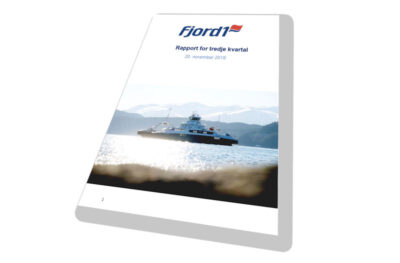Q3, 2020 results for Channel Tunnel
Traffic statistics
- -3% Trucks on Truck Shuttles
- -30% Cars, Motorhomes, Motorcycles… on Passenger Shuttles
- -74% Coaches on Passenger Shuttles
- -89% Passengers on Eurostar trains
- -23% Rail Freight Trains
Finance data
- -17% Revenue (for the Group)
- -19% Revenue (for Eurotunnel)
Only -2% Revenue (Eurotunnel Shuttle) “as a result of the bounce back observed following the temporary lifting of UK quarantine measures during Le Shuttle’s peak summer season, the resilience of the Truck Shuttle’s traffic and the positive effects of the Group’s yield management strategy.”









